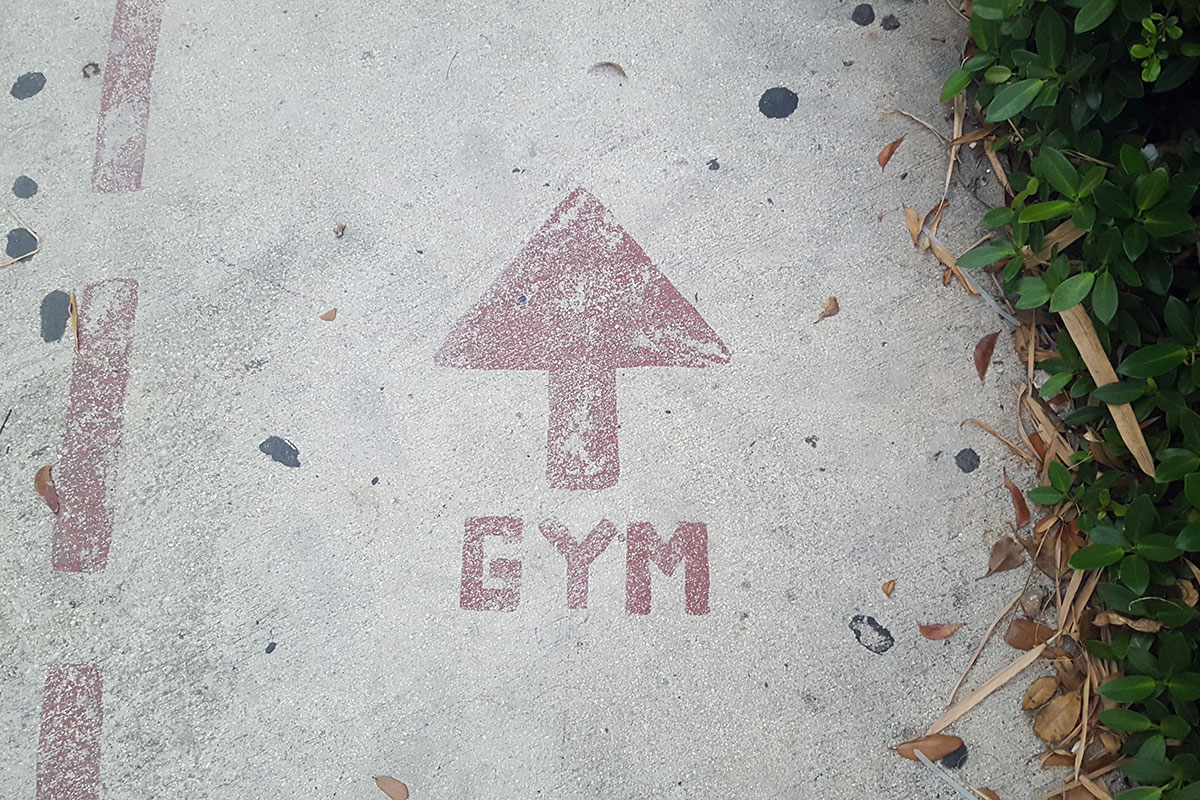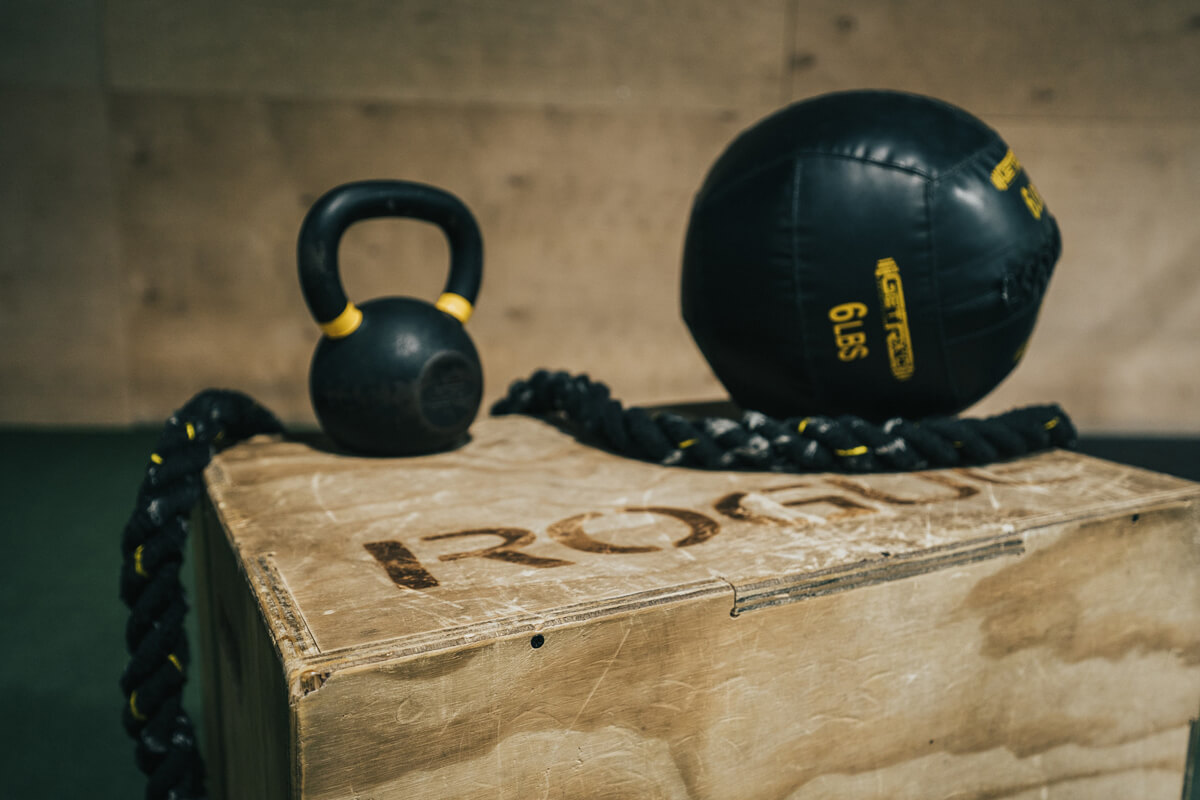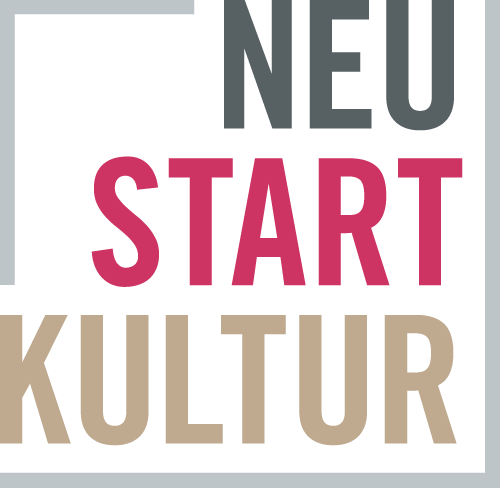DIS-TANZ DIARY #22
BACK TO THE GYM
Jun 29, 2021 in DIS-TANZ-SOLO

I can’t stress enough how happy I am that the gyms in Berlin are finally open again and that I can actually get back to physical work after half a year of dealing theoretically with the connections between sports science and dance. Having already revised my teaching methods, I can finally apply all that I’ve learned over the past few months as it pertains to optimizing my own performance.
After hearing about the reopening, I immediately contacted sports scientist Patrick Rump (GJUUM) to help me set up a workout program for the coming months to get my body back in shape. Of course, the first question that had to be clarified was what the specific objective of the training should be and how much time I was willing to invest.
Since I lost a full 6kg of muscle mass during the pandemic due to limited training opportunities, it was clear to me that the first phase should be focused on muscle growth. In addition to rebuilding my overall fitness, strengthening my shoulder, which is still somewhat weakened after a prolonged injury, and improving my posture should be addressed.
We decided to schedule five workouts per week, with two of them targeting the lower body and three of them targeting the upper body. One of the two lower body sessions is intended to have a focus on strength, while the other is intended to have a focus on volume. The upper body workout is divided into one session each for chest and shoulders and a third lighter mixed session.
Since I have not been able to train much lately, I will start with relatively light weights for the first few workouts. Patrick further recommended doing the main upper body exercises (bench press, overhead press, bent-over row…) with dumbbells instead of a barbell to keep the weakened shoulder as safe as possible. Doing these exercises with dumbbells also means that your stronger side can’t compensate for the weaker side, forcing you to train each side evenly.
Check out my training plan in detail below. You should be aware, of course, that this is only meant to serve as an example. If you want to train yourself, it is essential that you create an individualized workout plan based on your own training goals.
I will post an update on my workout program and my training progress at the end of this DIS-TANZEN research project so you can see how things developed over time.






